November, 2018
now browsing by month
Meditative Art Making by Lisa Marie Ferry
Please enjoy this fabulous post from Region 9 representative, Lisa Marie Ferry
Meditative Art Making
With the hustle and bustle of the holiday season, EVERYONE is stressed out. And as we try to bring the kids in from the excitement of the season, art educators are naturally exhausted. What can we do to reduce this stress and have fun at the same time?
Meditation. Yeah, yeah, Lisa Marie, we know that meditation is great to reduce stress, but how in the world can we do this in the classroom? And what about me? I know you always say, “you need to take care of yourself so you can take care of the kids”. Well, hold on to your paint brushes to learn some techniques that are tried and true (and even some of your colleagues may join in).
So let’s get started with first thing first…
Music soothes the beast, so start with one of the great apps, like Insight Timer, or music on YouTube, like Nora En Pure. The kids say it reminds them of something that would be played in Holister (WIN!)
Stress Relief Meditation Painting:
- No painting skill required (it’s abstract, my fav)
- This technique takes you to a deeper creative process by focusing on the music, nothing else.
- It helps ground you and refocus
- Don’t forget to breathe, deeply
- This process is letting your intuition take the reigns and run with it. Close your eyes and listen to the music for a few minutes, while deep breathing in to the count of 5, then exhale to the count of 8.
Supplies:
- Canvas or canvas board
- Acrylic paint (pick your favorites)
- Pallet knife and paint brushes
- Sponges
- Paper towels (for clean up and to use crumbled up for texture)
- Bubble wrap (because it is fun to dip in paint)
Squirt the paint in small piles on your canvas. Then using the knife or brushes, start swirling around to cover all the white of the base. Try to keep it marble-like (not to over blend).
You can use a hair dryer to speed the drying process or to help move some paint around. Sometimes, you can mix up paint with added water and do some drips, spatter or sprays. Don’t forget about the sponges and bubble wrap for added texture or once it is dry, a contrasting color added on top.
Check in with how you are feeling; are you still doing deep breathing?. Do you feel like time is passing by and your feeling quite relaxed? Then, you are on the right track. If you are feeling bored or tense, change the way you are painting. Use cardboard to scrap the paint across, use more of the sponge to “dab” (yes, I said DAB-lol).
Patterns and Repetition
Meditative Happy Find Rocks:
Dots. Dots are fun and easy so why not make a beautiful piece of work. Plus, the repetitive process is very calming.
Supplies:
- Q-tips
- Toothpicks
- Pencils with new erasers
- Or anything you can make a smallish dot with, like your pinky tip
- Acrylic paint
- Paper, canvas, river rocks (yes, my fav because you will see below)
Mix up your classroom, before you start, offer hibiscus tea to the students, sit in a comfortable yoga position. Play a river soundtrack on YouTube or Insight Timer. While they are sipping their tea, discuss this next project. Talk about pattern, repetition, and color. Also, look at mandalas and have the students understand about circular repetition. Either pre-find the river rocks or any other smooth rock, or take the students on an exploration outside when the weather is nicer.
Start in the center of the rock and make your way around with circles of dots. The best part is that you can have the students trade the rocks like ATC or have the students hide the rocks around the school and grounds for someone to happily find it to make their day.
Don’t forget to all come back and reflect the project and how it made them feel. Of course, don’t forget to sip your tea in a comfortable yoga sitting position. See how it all comes back around?
The most important thing you have to remember with any meditative/stress reducing project is to BREATHE, Taking deep breaths throughout you day help to ground and refocus so you can clearly enter your next challenge that pops up with a clear head. When life seems too overwhelming, name 5 things you can see, 4 things you can touch, 3 things you can hear, 2 things you can smell, and 1 thing you can taste to help ground your thoughts and clear your head, so you, and your kids can be in the present moment and CREATE!
Experimentation & Discovery in Media Arts
Experimentation & Discovery in Media Arts
Robin Brewer
The art curriculum at Garnet Valley is inspired by the postmodern principles and principles of possibility as written by Olivia Gude (2004 and 2007). In her article, Principles of Possibility: Considerations for a 21st Century Art & Culture Curriculum, Gude says of her principle, Playing, “Students of all ages need opportunities to creatively “mess around” with various media…” The corresponding Garnet Valley principle, Experimentation & Discovery, states, “Artists immerse themselves in the process of experimentation and discover empowered experiences to create their visual voice.” I approach my media arts lessons from this angle and as part of a choice-based classroom.
What are Media Arts?
In 2014, the national arts standards were rewritten. At that time a fifth area, Media Arts, was added to the original four (Visual Arts, Music, Dance, and Theater). Media Arts encompass photography, film/video, audio, motion graphics, and interactive media. At Garnet Valley, some media arts courses are in the Technology Education department, and some are in our Art department. I teach Photography (analog and digital), Filmmaking, and Animation. Another teacher in our department teaches a course called Digital Media & Graphic Design utilizing mainly Photoshop and Illustrator.
At a time when students spend so much time already with technology, how do I get them to look at their devices and other technology in a fresh way? Students naturally “play” on their phones with filters and apps. Instagram filters are easy because the work is done for them. This type of playing only scratches the surface. In my photography class, we use the cameras on their cell phones for intro lessons on composition, but I find they are more “playful” when something completely new is introduced. An early unit in my introductory level photography class is pinhole cameras. Through experimentation, students gain a better understanding of the workings of a camera. They make adjustments to pinhole size (aperture) and exposure time (shutter speed) and they troubleshoot light leaks. Throughout their experimentations, students discover a new way to create an image. It is completely unlike their phone camera and Instagram. And it is not instant. Student take multiple failed or partially failed images before they get “the one”.
Another unit in my photography class entails building a portfolio of experimental darkroom images. They try each of the processes (hand-color fiber images, photograms, double exposures, layered negatives, layered textures, and long-exposures). They are encouraged to break rules and experiment even further. At the end of the unit, they reflect on all the different experimentation they did, then choose one process to explore further. This final piece is their culminating artwork and the early experimentations are their “research” gained through play. I use this experimental portfolio and final choice work as the growth requirement on my SLO.
I take a similar approach with my film class. We spend the first two weeks of the semester making short videos as they play with different cameras, mics, lights, tripods, animation programs, and editing software. Once comfortable with the equipment and materials available to them, they propose two films that they want to make using their choice of content, genre and film type (live action, stop-motion, computer animation).
I have not always taught this way, but after forming units around postmodern principles like Experimentation & Discovery, I’ve found that students are more invested in their learning when they are given the freedom to try the materials and equipment without judgement before beginning more critical works.
I would encourage everyone to look for a lesson where the end result seems a bit stiff and consider what you can do before that lesson to give students more time to play with the materials on their own terms.

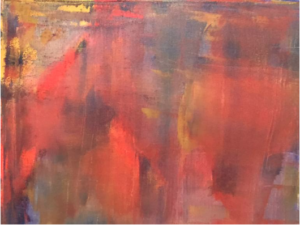
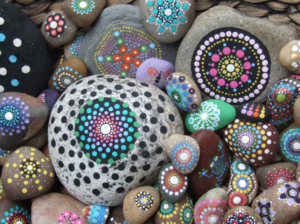




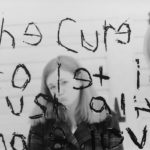


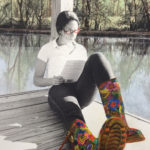
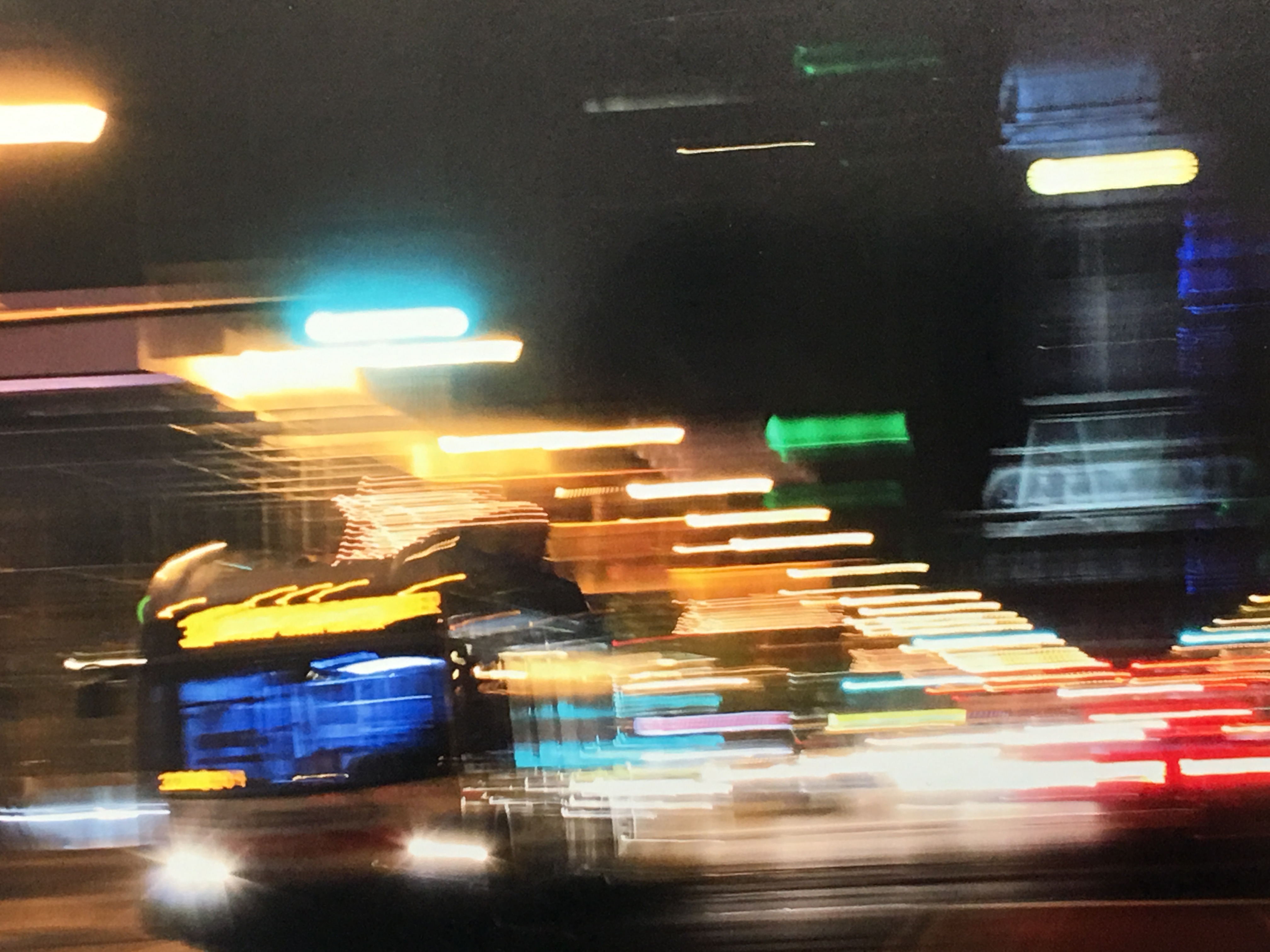
 D5 Creation
D5 Creation